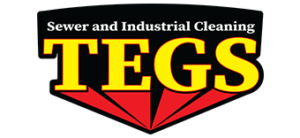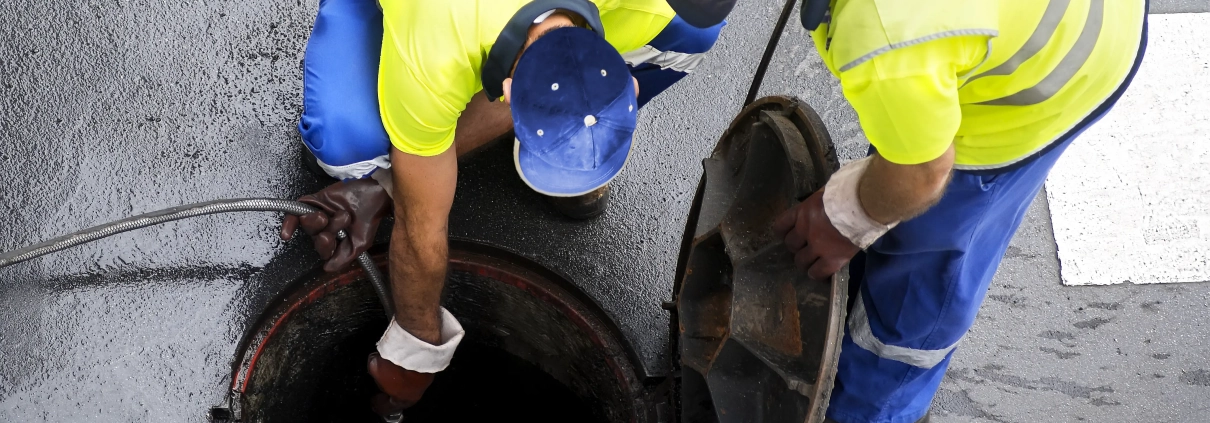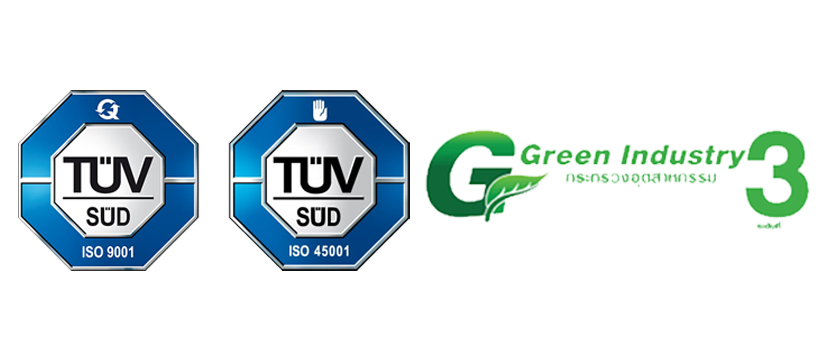Hydro-Jetting and How to Use It for Drain Cleaning
Drain cleaning is an essential part of maintaining a healthy and efficient plumbing system. Over time, drains can become clogged with dirt, grease, and other debris, leading to slow-draining water, unpleasant odors, and even more severe plumbing issues.
One of the most effective methods of drain cleaning is hydro-jetting, a process that uses high-pressure water to blast away blockages and restore the flow of water in your pipes.
In this blog, we will explore the benefits of hydro-jetting and provide a step-by-step guide on how to use it for drain cleaning.
What is Hydro-Jetting?
Hydro-jetting is a method of drain cleaning that uses high-pressure water to remove blockages and debris from pipes. A hydro-jetting machine consists of a large water tank, a high-pressure hose, and a specialized nozzle that directs the water flow. The water is pressurized to up to 4,000 PSI (pounds per square inch), providing a powerful force that can dislodge even the toughest blockages in your pipes.
Why is Hydro-Jetting Useful for Drain Cleaning?
There are several reasons why hydro-jetting is an effective and popular method for drain cleaning. Here are some of them:
- Powerful Cleaning Action: The high-pressure water used in hydro-jetting can cut through grease, tree roots, and other stubborn blockages that traditional drain cleaning methods may struggle to remove.
- Environmentally Friendly: Hydro-jetting uses only water to clean pipes, making it a more eco-friendly option compared to chemical drain cleaners.
- Comprehensive Cleaning: The pressurized water can reach every part of your pipes, ensuring a thorough cleaning and reducing the likelihood of future blockages.
- Safe for Pipes: Hydro-jetting is generally safe for most types of pipes, as the water pressure can be adjusted to suit the specific material and condition of your plumbing system.
How to Use Hydro-Jetting for Drain Cleaning
To use hydro-jetting for drain cleaning, follow these steps:
1. Have Your Sewer Lines Inspected
Before performing hydro-jetting, it’s essential to have your sewer lines inspected by a professional plumber. This will help identify any existing issues or damage in your pipes that may require repair before the hydro-jetting process can begin.
Additionally, the plumber can determine the appropriate water pressure level for your specific plumbing system.
2. Start Power Jetting the Pipe
Once the inspection is complete, the plumber will insert the high-pressure hose and nozzle into the drain or sewer line. The hydro-jetting machine will then be turned on, and the pressurized water will begin to flow through the hose and nozzle. The plumber will slowly move the hose back and forth, directing the water flow to target the blockages and debris in the pipe.
3. Re-Inspect the Drainage System
After the hydro-jetting process is complete, the plumber will perform another inspection of your pipes to ensure that all blockages have been removed and there is no damage to the pipes. This step is crucial, as it provides the effectiveness of the hydro-jetting process and the overall health of your plumbing system.
Final Thoughts
Hydro-jetting is a powerful and effective method for drain cleaning that can help you maintain a healthy and efficient plumbing system. By using high-pressure water to remove blockages and debris, hydro-jetting provides a thorough and environmentally friendly cleaning solution for your drains.
To ensure the best results, always hire a professional plumber with experience in hydro-jetting to perform the process. Look no further than our team at TEGS Thailand! We offer the best high-pressure water jet cleaning services to companies nationwide. Call us to book a service appointment today!





Leave a Reply
Want to join the discussion?Feel free to contribute!